12 Types of Dogs that Look Like Foxes


Written and verified by the biologist Cesar Paul Gonzalez Gonzalez
Foxes are considered very charismatic animals because of their curious appearance. For this reason, some people try to keep them at home as pets. However, as they aren’t a domesticated species, several problems arise when trying to adapt them to life in captivity. Because of this, it’s always better to opt for other domestic animals, such as dogs. And, of course, there are many dogs that look like foxes, and we’ll be highlighting 12 of them in this article.
Dogs have undergone a process of domestication that has transformed them into man’s best friend. Thanks to their closeness, some breeds of these four-legged animals bear a certain resemblance to other canids, such as foxes. First of all, we’ll explain why foxes don’t make good pets, and then we’ll show you 12 lovely dogs who certainly bear more than a passing resemblance to them!
Why are foxes not a good choice as a pet?
Foxes have a very friendly appearance, but their personality tends to be solitary and independent. The latter has been the reason why this animal can’t usually be completely domesticated. As a result, they don’t thrive in a home environment, nor do they thrive indoors. Moreover, in many cases, they can’t live with other domestic animals (such as dogs or cats).
Despite this, some people think that foxes are a good choice as pets, which is far from the truth. This is because they still have wild instincts that make them alert and active all the time. Also, their natural digging urges can destroy certain parts of the house!
Consequently, it isn’t a good idea to keep foxes in the home unless you have ample space for them (and the appropriate permits).
Dogs that look like foxes
There are a huge variety of breeds these days, so it isn’t uncommon to find some that look a lot like foxes. So, if you’ve understood why you can’t keep a fox as a pet, you can still have a dog that looks very similar without having to deal with their wild habits. Listed below are 12 types of dogs that look like foxes.
1. Finnish Spitz
The Finnish Spitz is quite energetic and has a red-beige coat similar to that of a fox. This dog was recognized for being one of the best breeds for hunting, as it’s able to follow tracks and alert the owner by barking. Its temperament is very friendly, although it needs regular exercise to expend its energy.

2. Korean Jindo
Korean Jindos are originally from South Korea, where they’re known for being excellent guardians and loyal companions. The appearance of this breed shows some facial characteristics of foxes, but with more of a variety of colors that aren’t so similar. In addition, it has very energetic behavior, incredible agility, and a remarkable posture, so its presence is quite charismatic.

3. Indian Spitz
This dog is small, just 33 centimeters (13 inches) tall, and has colorful and bulky fur. The appearance of the Indian Spitz is very reminiscent of a fox, albeit a smaller version. This breed is very affectionate with all members of the family. However, its temperament means it doesn’t socialize well with other pets.

4. Alaskan Klee Kai
This dog is a miniature version of the husky breed, so it maintains the features of a Siberian Eskimo dog. Alaskan Klee Kai are very energetic and affectionate with their guardians. For this reason, they tend to be very popular as pets for small families. Unfortunately, this type of dog is prone to genetic diseases due to the high inbreeding rate.
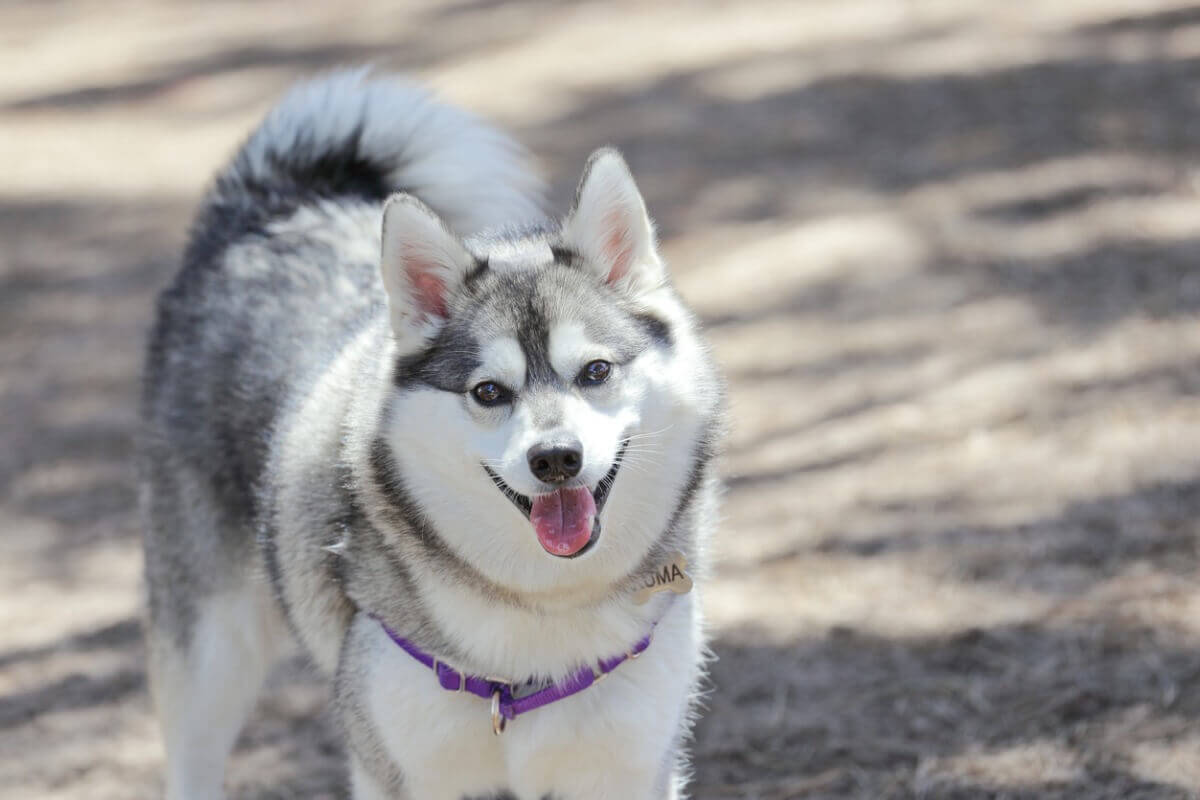
5. Shiba Inu
The Shiba Inu is an ancient breed from Japan, which was used for hunting. Despite their size, they cope with mountainous environments well and are quite agile. In addition, their facial expressions and reddish fur make them look similar to a fox. Thanks to this charismatic appearance, the popularity of this dog has grown quite a bit in several countries.
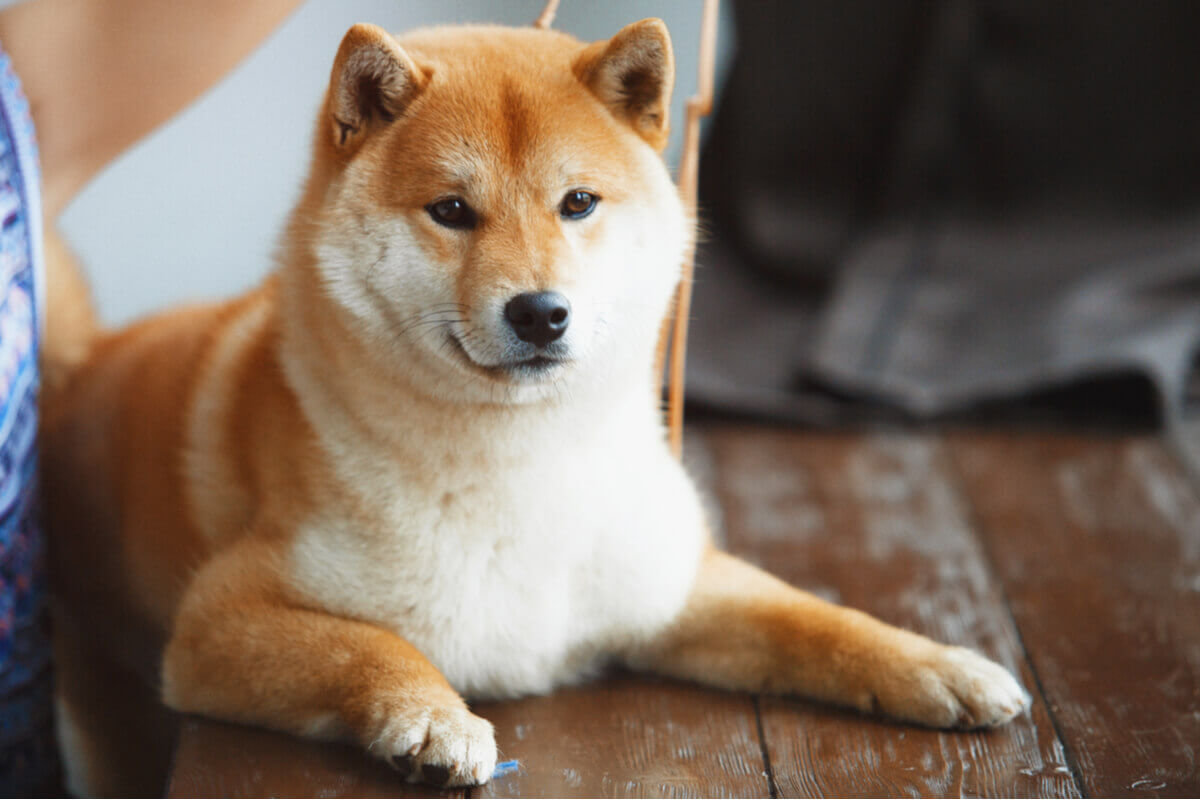
6. Volpino Italiano
The Volpino Italiano has a semi-buffed coat that covers its entire body. In addition to this, their facial features are very similar to those of a fox, but with a size of just 30 centimeters (12 inches) in height. This breed needs to exercise on a regular basis, as this way it relaxes and coexists calmly with its owner.
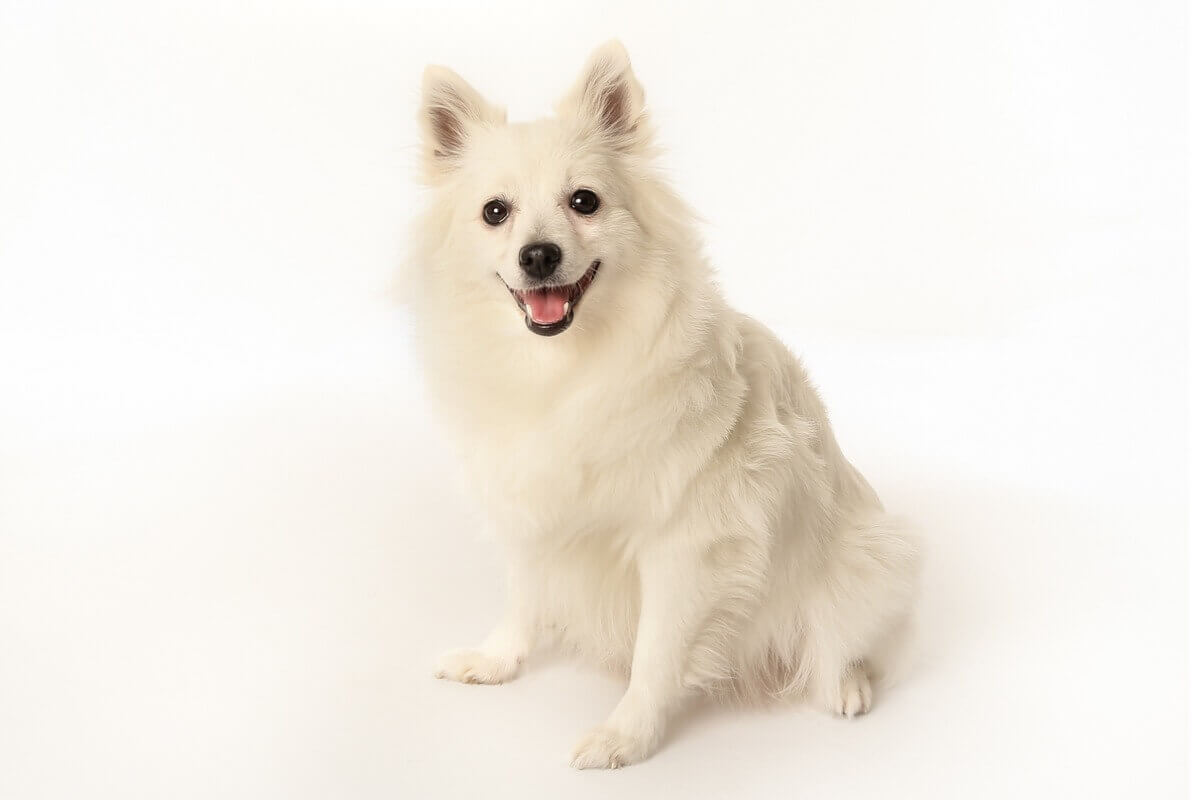
7. American Eskimo Dog
The most characteristic feature of the Eskimo dog is its white and bulky coat, which makes it look quite attractive to the eye. In addition, this breed is among the easiest to train as it’s very active and attentive to its guardians. Because of this, it’s considered an excellent pet for the family.
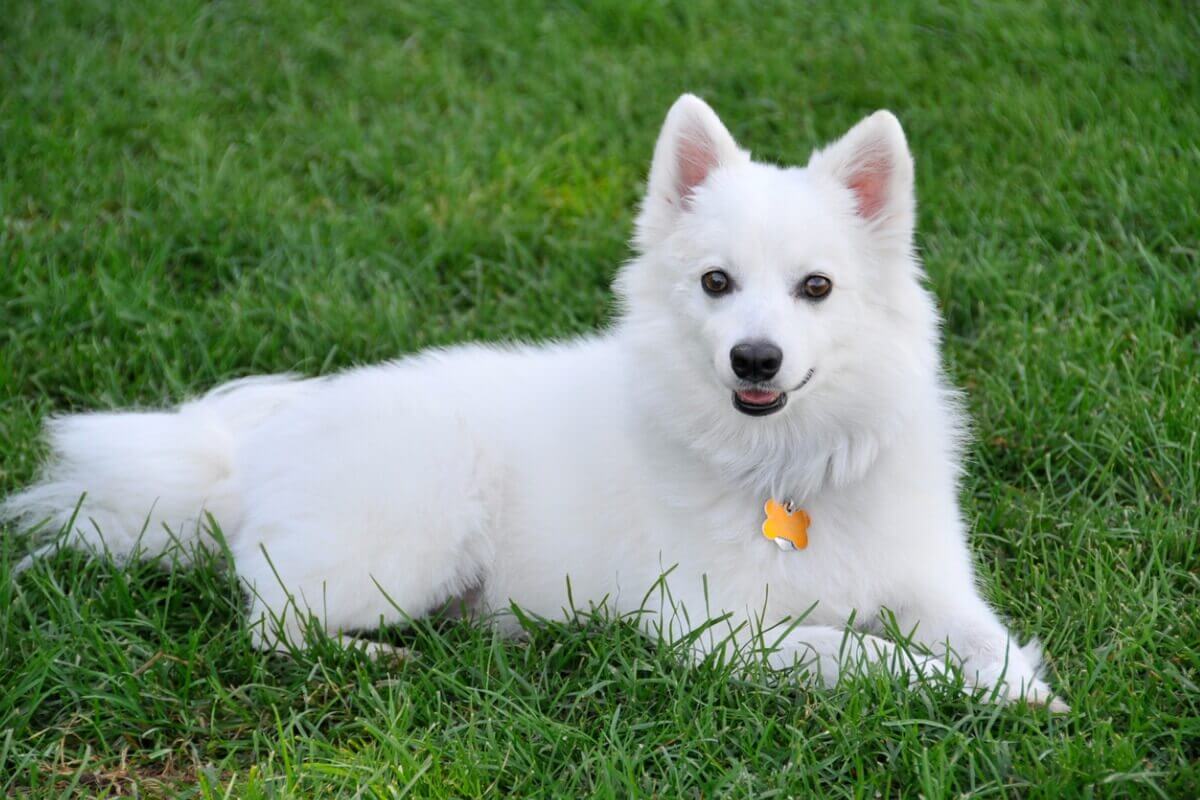
8. Long-haired Chihuahua
Chihuahuas are a breed originating in Mexico that is characterized by their diminutive size. The long-haired variety is very reminiscent of a miniature fox. Thanks to their curious and charismatic personality, these dogs have become popular in various parts of the world.

9. Icelandic Sheepdog
This breed is the only one native to Iceland and has an incredible charm thanks to its facial expressions. The Icelandic Sheepdog is about 45 centimeters (18 inches) tall and maintains many typical Spitz characteristics. However, it’s a very active dog that is used to exercise, and so it’s also used for herding sheep.

10. Alaskan Malamute
This dog has its origins in the Arctic areas, where it became popular for its ability to carry a lot of weight. For this reason, it’s known as a sled dog capable of pulling cargo through snowy areas. The breed has pointed ears and a bulky coat that makes them look a bit like foxes. They like to get plenty of exercise and to be active.

11. Schipperke
This dog breed is a miniature version of the sheepdogs, and so it also maintains an active and energetic attitude. Despite this, they’re docile dogs that are very fond of their owners. As for their appearance, they exhibit an abundant dark-colored coat that makes them look striking at first sight. In addition, their facial features make them look like small black foxes.
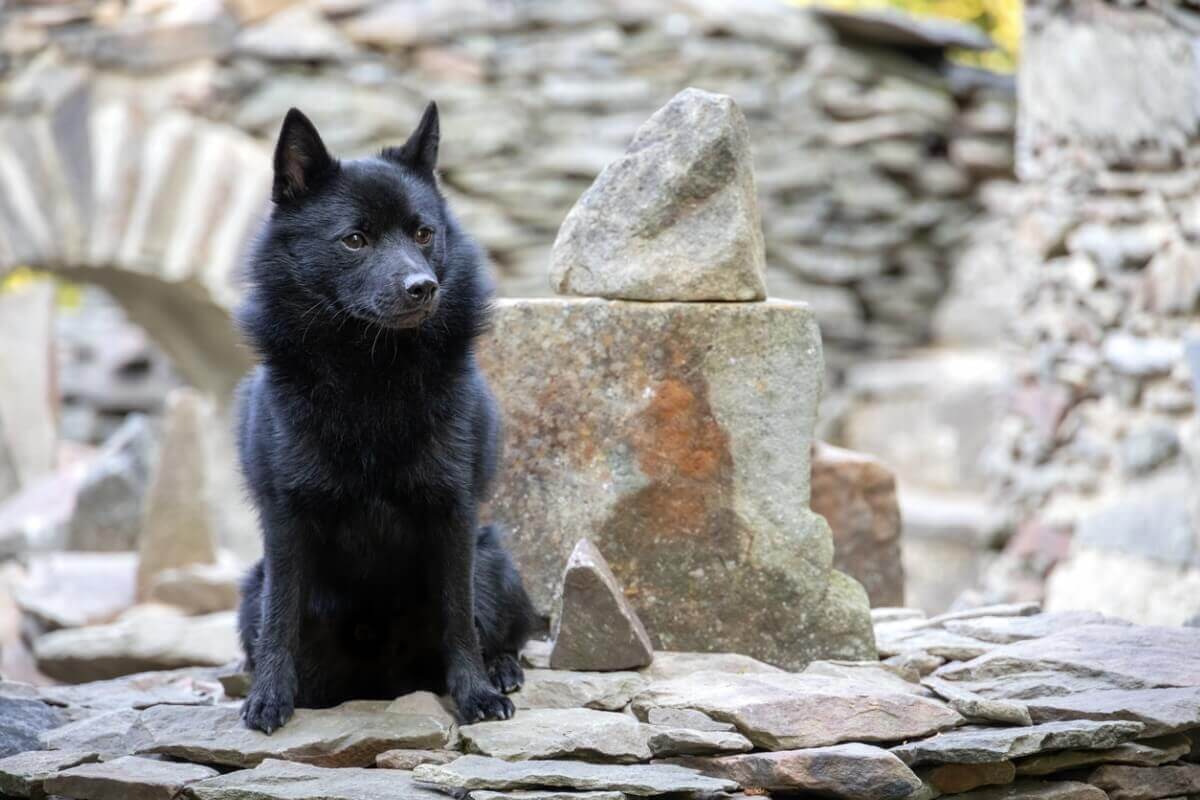
12. Norwegian Elkhound
The elkhound breed was used for elk hunting, so the dogs can move well in mountainous and cold environments. Consequently, the dogs have an energetic and overprotective attitude. Therefore, it’s best to train them to control these tendencies when they feel aggrieved. The appearance of their fur and the shape of their face is somewhat reminiscent of silver foxes, although their colors are darker and more varied.

As you can see, there’s a wide variety of dogs that can look a lot like foxes. Even though they have their differences, canines are still one of the best options as pets, since, as we mentioned earlier, non-domesticated animals are a bad choice for the home.
Foxes are considered very charismatic animals because of their curious appearance. For this reason, some people try to keep them at home as pets. However, as they aren’t a domesticated species, several problems arise when trying to adapt them to life in captivity. Because of this, it’s always better to opt for other domestic animals, such as dogs. And, of course, there are many dogs that look like foxes, and we’ll be highlighting 12 of them in this article.
Dogs have undergone a process of domestication that has transformed them into man’s best friend. Thanks to their closeness, some breeds of these four-legged animals bear a certain resemblance to other canids, such as foxes. First of all, we’ll explain why foxes don’t make good pets, and then we’ll show you 12 lovely dogs who certainly bear more than a passing resemblance to them!
Why are foxes not a good choice as a pet?
Foxes have a very friendly appearance, but their personality tends to be solitary and independent. The latter has been the reason why this animal can’t usually be completely domesticated. As a result, they don’t thrive in a home environment, nor do they thrive indoors. Moreover, in many cases, they can’t live with other domestic animals (such as dogs or cats).
Despite this, some people think that foxes are a good choice as pets, which is far from the truth. This is because they still have wild instincts that make them alert and active all the time. Also, their natural digging urges can destroy certain parts of the house!
Consequently, it isn’t a good idea to keep foxes in the home unless you have ample space for them (and the appropriate permits).
Dogs that look like foxes
There are a huge variety of breeds these days, so it isn’t uncommon to find some that look a lot like foxes. So, if you’ve understood why you can’t keep a fox as a pet, you can still have a dog that looks very similar without having to deal with their wild habits. Listed below are 12 types of dogs that look like foxes.
1. Finnish Spitz
The Finnish Spitz is quite energetic and has a red-beige coat similar to that of a fox. This dog was recognized for being one of the best breeds for hunting, as it’s able to follow tracks and alert the owner by barking. Its temperament is very friendly, although it needs regular exercise to expend its energy.

2. Korean Jindo
Korean Jindos are originally from South Korea, where they’re known for being excellent guardians and loyal companions. The appearance of this breed shows some facial characteristics of foxes, but with more of a variety of colors that aren’t so similar. In addition, it has very energetic behavior, incredible agility, and a remarkable posture, so its presence is quite charismatic.

3. Indian Spitz
This dog is small, just 33 centimeters (13 inches) tall, and has colorful and bulky fur. The appearance of the Indian Spitz is very reminiscent of a fox, albeit a smaller version. This breed is very affectionate with all members of the family. However, its temperament means it doesn’t socialize well with other pets.

4. Alaskan Klee Kai
This dog is a miniature version of the husky breed, so it maintains the features of a Siberian Eskimo dog. Alaskan Klee Kai are very energetic and affectionate with their guardians. For this reason, they tend to be very popular as pets for small families. Unfortunately, this type of dog is prone to genetic diseases due to the high inbreeding rate.

5. Shiba Inu
The Shiba Inu is an ancient breed from Japan, which was used for hunting. Despite their size, they cope with mountainous environments well and are quite agile. In addition, their facial expressions and reddish fur make them look similar to a fox. Thanks to this charismatic appearance, the popularity of this dog has grown quite a bit in several countries.

6. Volpino Italiano
The Volpino Italiano has a semi-buffed coat that covers its entire body. In addition to this, their facial features are very similar to those of a fox, but with a size of just 30 centimeters (12 inches) in height. This breed needs to exercise on a regular basis, as this way it relaxes and coexists calmly with its owner.

7. American Eskimo Dog
The most characteristic feature of the Eskimo dog is its white and bulky coat, which makes it look quite attractive to the eye. In addition, this breed is among the easiest to train as it’s very active and attentive to its guardians. Because of this, it’s considered an excellent pet for the family.

8. Long-haired Chihuahua
Chihuahuas are a breed originating in Mexico that is characterized by their diminutive size. The long-haired variety is very reminiscent of a miniature fox. Thanks to their curious and charismatic personality, these dogs have become popular in various parts of the world.

9. Icelandic Sheepdog
This breed is the only one native to Iceland and has an incredible charm thanks to its facial expressions. The Icelandic Sheepdog is about 45 centimeters (18 inches) tall and maintains many typical Spitz characteristics. However, it’s a very active dog that is used to exercise, and so it’s also used for herding sheep.

10. Alaskan Malamute
This dog has its origins in the Arctic areas, where it became popular for its ability to carry a lot of weight. For this reason, it’s known as a sled dog capable of pulling cargo through snowy areas. The breed has pointed ears and a bulky coat that makes them look a bit like foxes. They like to get plenty of exercise and to be active.

11. Schipperke
This dog breed is a miniature version of the sheepdogs, and so it also maintains an active and energetic attitude. Despite this, they’re docile dogs that are very fond of their owners. As for their appearance, they exhibit an abundant dark-colored coat that makes them look striking at first sight. In addition, their facial features make them look like small black foxes.

12. Norwegian Elkhound
The elkhound breed was used for elk hunting, so the dogs can move well in mountainous and cold environments. Consequently, the dogs have an energetic and overprotective attitude. Therefore, it’s best to train them to control these tendencies when they feel aggrieved. The appearance of their fur and the shape of their face is somewhat reminiscent of silver foxes, although their colors are darker and more varied.

As you can see, there’s a wide variety of dogs that can look a lot like foxes. Even though they have their differences, canines are still one of the best options as pets, since, as we mentioned earlier, non-domesticated animals are a bad choice for the home.
All cited sources were thoroughly reviewed by our team to ensure their quality, reliability, currency, and validity. The bibliography of this article was considered reliable and of academic or scientific accuracy.
- Clutton-Brock, J. (1995). 2 Origins of the dog: domestication. The domestic dog: Its evolution, behaviour and interactions with people, 7.
- American Kennel Club. (2021). American Kennel Club. Dog breeds. [En linea] Disponible en: https://www.akc.org/dog-breeds/ [Recuperado el 23 de noviembre 2021].
- Rigg, R. (2001). Livestock guarding dogs: their current use world wide. Canid Specialist Group.
- Serpell, J. A., & Duffy, D. L. (2014). Dog breeds and their behavior. In Domestic dog cognition and behavior (pp. 31-57). Springer, Berlin, Heidelberg.
- Fagnani, J., Bentosela, M., & Barrera, G. (2017). Detección del estado atencional humano en zorros en cautiverio: influencia de los niveles de sociabilidad. Revista de psicología (Santiago), 26(1), 42-53.
This text is provided for informational purposes only and does not replace consultation with a professional. If in doubt, consult your specialist.








